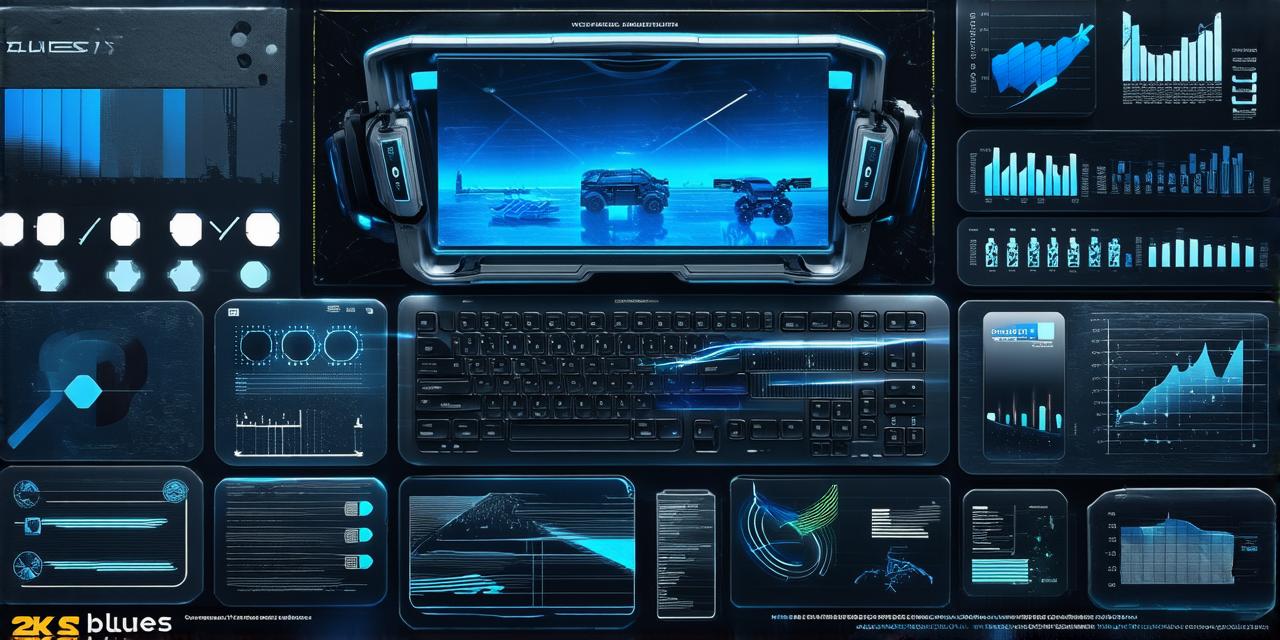Virtual reality (VR) technology has been around for decades, but it’s only in the last few years that it has really taken off. Today, VR is used by millions of people all over the world, from gamers to professionals in a variety of industries.
How many people use virtual reality?
According to a report by Statista, there were 171 million VR headset users worldwide in 2020. That’s a significant increase from the 78 million users reported in 2018. It’s estimated that the number of VR headset users will continue to grow in the coming years, reaching 347 million by 2024.
What do people use virtual reality for?
Virtual reality can be used for a variety of purposes, including gaming, education, training, and even therapy. In recent years, we’ve seen an increasing number of applications for VR in industries such as healthcare, entertainment, and manufacturing.
For example, in healthcare, VR is being used to treat conditions like PTSD, anxiety, and depression. It can also be used for rehabilitation, allowing patients to practice physical therapy exercises in a safe and controlled environment. In manufacturing, VR is being used to simulate production processes and identify potential issues before they occur.
Virtual reality is also becoming increasingly popular in education. With VR, students can take virtual field trips, explore historical sites, and even learn about science and math in an immersive way.
How does virtual reality work?
Virtual reality works by immersing the user in a computer-generated environment. This is achieved through the use of sensors that track the movement of the user’s head and body. The sensors send this information to a VR headset, which then displays a 3D image that corresponds to the user’s movements.
The user can interact with the virtual environment by using handheld controllers or even their own hands and fingers. This allows for a more natural and intuitive experience, making it easier for users to immerse themselves in the virtual world.
Virtual reality vs augmented reality
While virtual reality and augmented reality are often used interchangeably, they are actually two distinct technologies. Virtual reality creates a completely immersive environment that blocks out the real world, while augmented reality overlays digital information onto the real world.
Augmented reality is becoming increasingly popular in industries like retail and marketing, where it can be used to create interactive product displays and provide customers with additional information about products.
Virtual reality is also being used in architecture and design, allowing architects to create virtual models of buildings and test them in a simulated environment before construction begins.
Case studies and personal experiences
One example of the power of virtual reality is a study conducted by the University of Washington. The study found that VR can be used to treat PTSD in veterans by exposing them to virtual environments that mimic real-life battle scenarios. This exposure therapy has been shown to be effective in reducing symptoms of PTSD in veterans.
Another example of virtual reality is the use of VR in education. In 2019, a school in California began using VR headsets to take virtual field trips. The students were able to explore historical sites like ancient Rome and even go on a space shuttle ride. This allowed them to learn about history and science in an immersive way that was both engaging and educational.
Conclusion
Virtual reality technology has come a long way in recent years, and it’s clear that it’s here to stay. With millions of people using VR for gaming, education, training, and more, the potential for virtual reality is virtually limitless. As technology continues to advance, we can expect to see even more exciting applications for VR in the future.
FAQs
1. What is virtual reality?
Virtual reality is a computer-generated environment that immerses the user in a simulated world.
2. How does virtual reality work?
Virtual reality works by immersing the user in a computer-generated environment. This is achieved through the use of sensors that track the movement of the user’s head and body. The sensors send this information to a VR headset, which then displays a 3D image that corresponds to the user’s movements.
